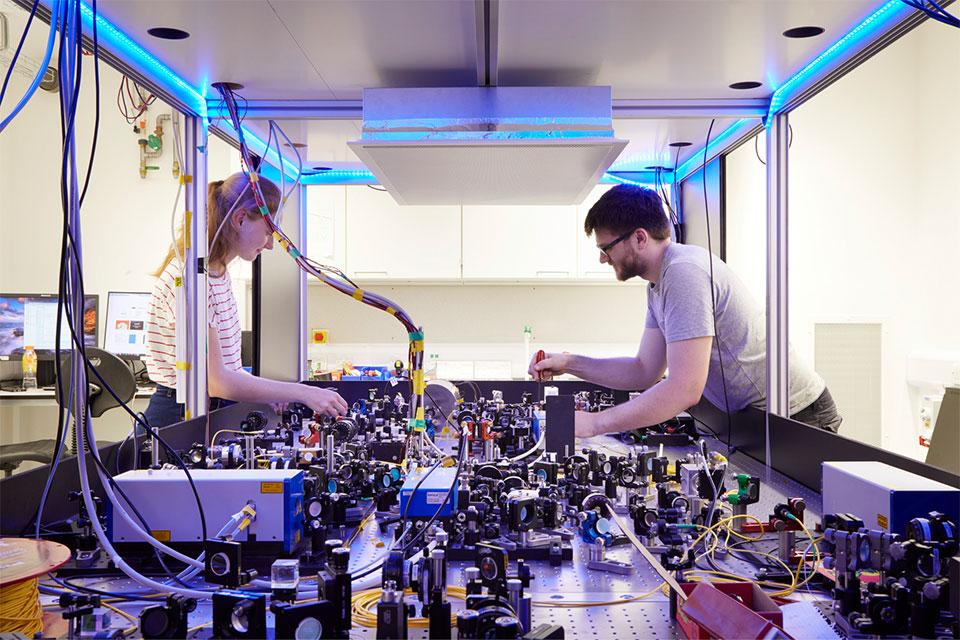Beecroft Building
Abstract
The wave-particle duality of light introduces two fundamental problems to imaging, namely, the diffraction limit and the photon shot noise. Quantum information theory can tackle them both in one holistic formalism: model the light as a quantum object, consider any quantum measurement and pick the one that gives the best statistics. While Helstrom pioneered the theory half a century ago and first applied it to incoherent imaging, it was not until recently that the approach offered a genuine surprise on the age-old topic by predicting a new class of superior imaging methods. For the resolution of two sub-Rayleigh sources, the new methods have been shown theoretically and experimentally to outperform direct imaging and approach the true quantum limits. Recent efforts to generalise the theory for an arbitrary number of sources suggest that, despite the existence of harsh quantum limits, the quantum-inspired methods can still offer significant improvements over direct imaging for subdiffraction objects, potentially benefiting many applications in astronomy as well as fluorescence microscopy.
For more details, please see the review paper M.Tsang, "Resolving starlight: a quantum perspective," Contemporary Physics 60, 279 (2019).

